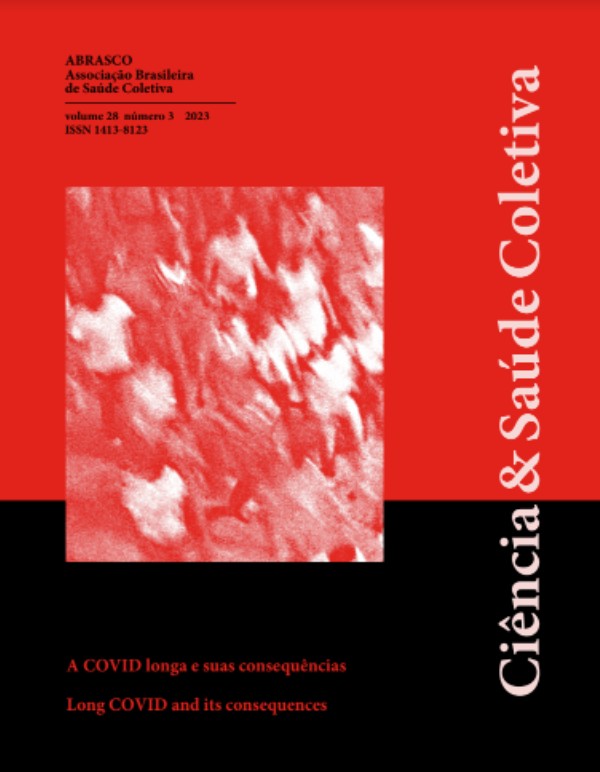0252/2022 - Population coverage of food intake markers in Brazil: time trends and integration with e-SUS APS, 2015–2019
Marcadores do consumo alimentar do Sisvan: tendência temporal da cobertura e integração com o e-SUS APS, 2015–2019
Author:
• Joanna Manzano Strabeli Ricci - Ricci, J.M.S. - <joanna.ricci@usp.br>ORCID: https://orcid.org/0000-0002-0340-8808
Co-author(s):
• Ana Lúcia Zovadelli Romito - Romito, A.L.Z. - <analuciazromito@usp.br>ORCID: https://orcid.org/0000-0002-0804-9410
• Sara Araújo da Silva - Silva, S.A. - <silvanut@gmail.com>
ORCID: https://orcid.org/0000-0002-2605-378X
• Antonio Augusto Ferreira Carioca - Carioca, A. G. F. - <carioca@unifor.br>
ORCID: https://orcid.org/0000-0002-1194-562X
• Barbara Hatzlhoffer Lourenço - Lourenço, B.H. - <barbaralourenco@usp.br>
ORCID: https://orcid.org/0000-0002-2006-674X











